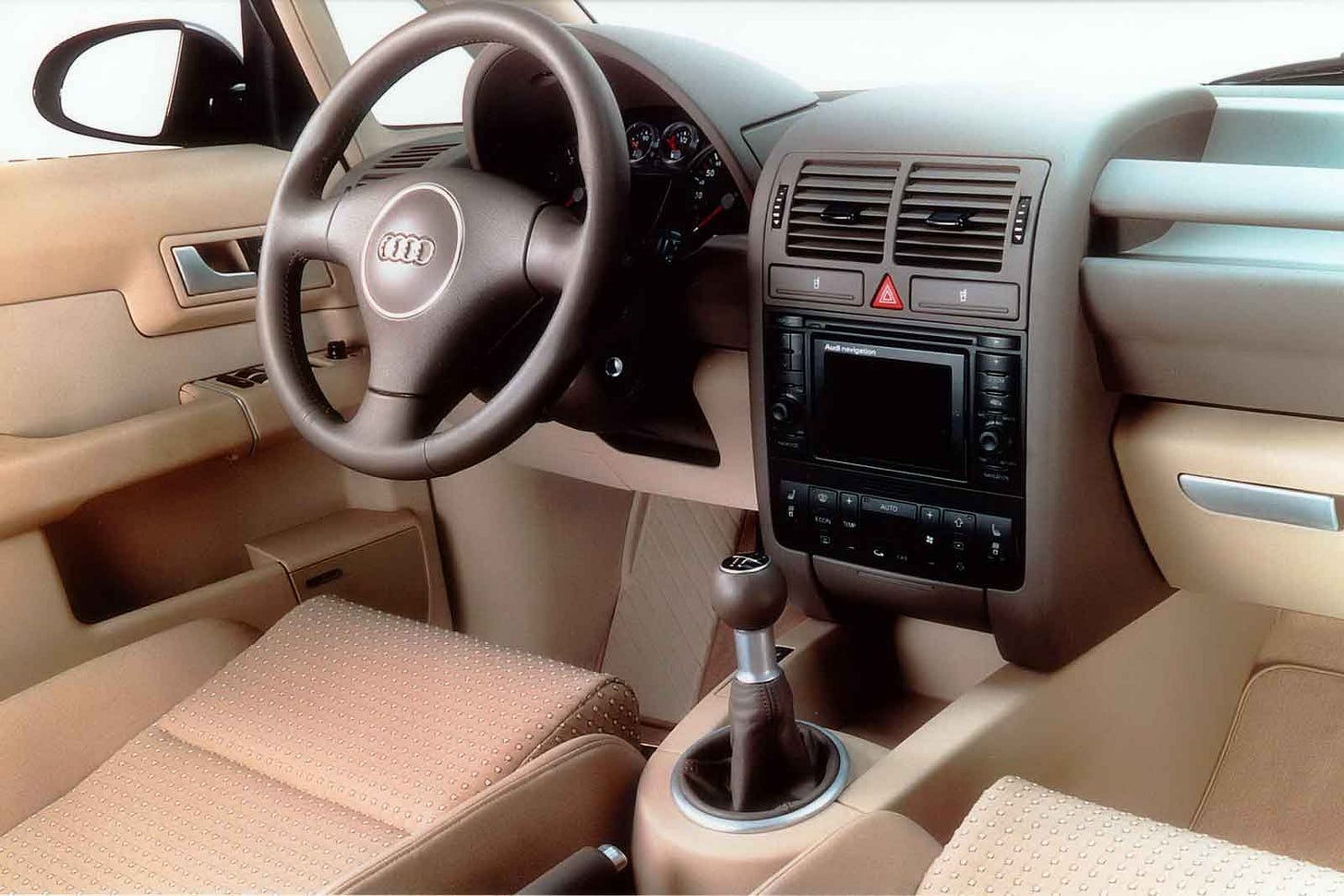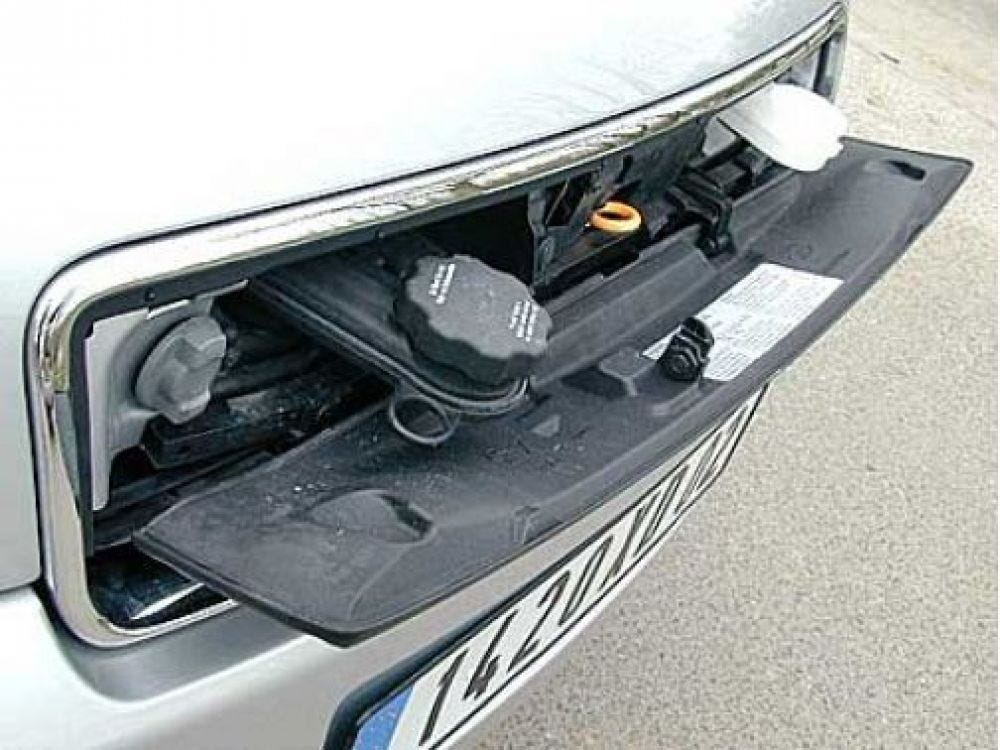Audi's Pioneering A2 Has A Neat Trick Hiding In The Grille
Y2K cars have a place in my heart. Every automaker was trying to innovate in order to come up with the vehicle of the future — to produce a watershed for the industry to follow in the 21st century.
For the most part, these vehicles relied on hybrid-electric powertrains. This was when the Toyota Prius hit the market for the first time, and Honda’s quirky Insight won hearts even if it didn’t translate well into sales.
Audi went a different route. The company decided to invest in engineering of a different kind: versatility. Thus in 1999, the Audi A2 was born.
The A2 was a packaging marvel, utilizing a space frame platform that comprised largely of aluminum to support the chassis and body. Couple that with a tiny gas or diesel engine — because Europe — and the A2 could weigh less than 2,000 pounds. That’s lighter than any Mazda Miata ever made and comes within a shout to a classic Lotus.
Unfortunately, a couple of key factors led to its downfall. One being that the A2 prioritized space for passengers and not cargo, so the trunk was small. The other demerit was the design development came at a cost. The Audi was more expensive to buy than the equivalent Mercedes-Benz A-Class at the time, which led to poor sales. Eventually, the plug was pulled in 2006 after seven years on sale.
These days, the Audi A2 is seeing renewed hype, primarily because of the prospect of being able to import one in the good ol’ USA on account of the 25-year import rule.
It is in this manner that I noticed one more trick the A2 had up its sleeve. Being small transportation has its strengths and weaknesses. The engineers at Audi knew this and sought to put in one more design element as to not compromise the car’s aerodynamics.
If routine maintenance is required, who’s to say you don’t need to pop the hood to do so? If you’re handy with a bit of car DIY, this might be to your liking:
As you can see, the car’s grille enclosed a compartment specific for fluid checks. This is dubbed the ‘service hatch’ and allows access to the oil fill port, dipstick, and washer fluid reservoir. This is a genius solution that I can’t believe more cars haven’t adapted.
The A2 wasn’t a total failure. Over 176,000 were built when it was new. This doesn’t sound so bad until you learn Mercedes sold one million units in that same time frame. Ouch.
So where does it stand 25 years later? Despite the Audi badge, the A2 didn’t follow the complexity of traditional luxury cars making it difficult to maintain. Rather the opposite, thanks to the dedicated lightness of the chassis. Equipment and features add weight, which the A2 lacked. The prestige price demanded of what came to be a non-prestigious hatchback ultimately led to its downfall.
Cars on the used market have a tendency to shine once the newness wears off. In contrast, this makes a car like the Audi A2 more honest, and that’s why we revel at it time and time again for the engineering feats that it pulled off. And now, prices are expected to be cheap for American buyers looking to import one.
Who knows how many of the 176,000 cars survived over the coming decades? At the least, there’s 176,000 opportunities to be able to nab the one you want. I won’t be a talking brochure here but it’s possible to find either gas or diesel, manual or automatic.
The rest is up to you. My only note is to consider importing from France to avoid the possibility of rust.







